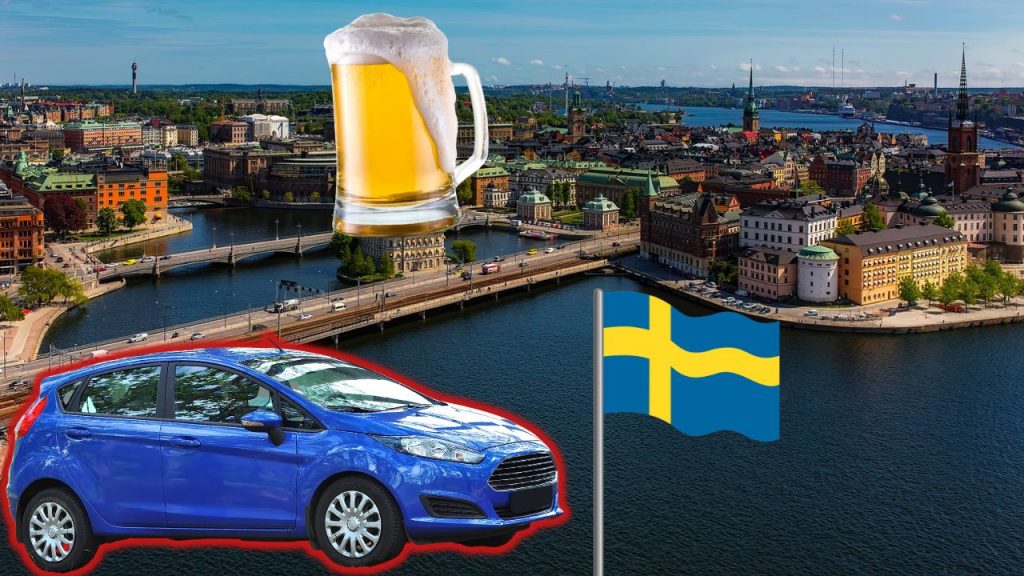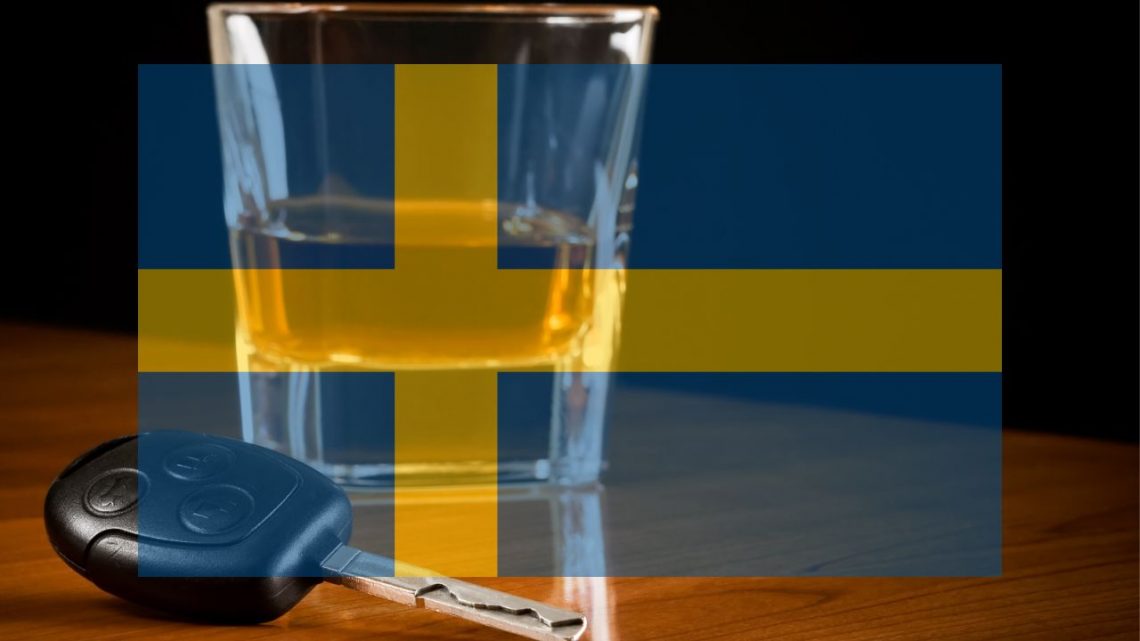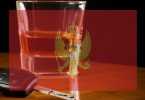In Sweden, the legal limit for blood alcohol concentration (BAC) is strictly set at 0.02%, or 0.2 grams per liter of blood, demonstrating the country’s rigorous approach to regulating drunk driving compared to other European nations.
What is the legal alcohol limit for driving in Sweden?
In Sweden, the legal alcohol limit for driving is set at a low threshold to ensure safety on the roads and reduce the risk of alcohol-related accidents. This limit applies to all drivers, with specific attention to those holding commercial licenses and novice drivers, reflecting the country’s commitment to stringent drunk driving regulations. Here’s how the legal BAC limit is applied across different categories of drivers:
- Regular Drivers: The legal BAC limit is 0.02%, or 0.2 grams per liter of blood.
- Commercial License Holders: For drivers operating commercial vehicles, the legal BAC limit is also set at 0.02%, underscoring the importance of sobriety in professional driving responsibilities.
- Novice Drivers: New drivers, who are still gaining experience on the road, are held to the same legal BAC limit of 0.02%, ensuring they understand the significance of responsible driving from the outset.
Drink and Drive Penalties and Punishments in Sweden
Sweden has long been at the forefront of road safety, implementing strict laws and penalties for drink driving to ensure the safety of all road users. Since 1990, the Blood Alcohol Concentration (BAC) limit has been uniformly set at 0.2g/l for all categories of drivers, without any differentiation between young, professional, or seasoned drivers and riders. Understanding the specifics of these regulations and the consequences of violating them is crucial for anyone operating a vehicle in Sweden.
BAC Limits and Sanctions
The Swedish legal system distinguishes between two levels of drink driving offences, with penalties varying according to the severity of the violation:
- Drink Driving:
- BAC Level: From 0.2g/l up to 0.99g/l
- Sanction: Options include ‘day fines’ or imprisonment for up to six months, though imprisonment is extremely rare.
- Driving License Suspension: Standard suspension is for 1 year. For BAC levels from 0.2 to about 0.3, a warning may be issued instead of suspension.
- Severe Drink Driving:
- BAC Level: From 1.0g/l
- Sanction: Imprisonment ranges from 1 month to 2 years, with probation possible.
- Driving License Suspension: Standard suspension is for 2 years, but it can be extended based on the offence’s severity.
Rehabilitation and Alcohol Interlock Programmes
- Rehabilitation Programmes: The SMADIT initiative offers immediate support and treatment for suspected drunk and drug drivers, emphasizing a collaborative approach involving police, social services, and dependency care services.
- Alcohol Interlock Programme:
- This voluntary programme is applicable to all driver’s license types, offering an alternative to license revocation. The programme duration is one year for BAC levels between 0.2 and 0.9 g/l, and two years for repeat offenders or those with a BAC level above 1.0 g/l. Non-participants face a withdrawal period of one or two years, depending on the offence severity.
Alcohol Interlock in Commercial Transport
- The usage of alcohol interlocks extends to commercial transport, with many municipalities and government vehicles equipped with these devices to enhance safety. Since 2010, regulations require vehicles used in contracted road transport, including school transport, to be fitted with alcohol interlocks.
Stay Informed
Laws and regulations can evolve, so it’s essential for drivers in Sweden to stay updated on the latest legal requirements and safety programs. We encourage checking the official state website frequently for the most current information on drink driving penalties, rehabilitation programmes, and the alcohol interlock initiative.
How Can I Calculate if My Alcohol Blood Limit is Legal in Sweden?
In Sweden, maintaining a legal Blood Alcohol Concentration (BAC) level while driving is crucial due to the country’s stringent regulations. The Swedish police utilize sophisticated methods to determine a driver’s BAC level, including breathalyzer tests and blood tests, to ensure accurate and immediate results.
For those who wish to self-assess their BAC level to avoid the risk of driving impaired, here are two recommended methods based on my extensive experience as a phlebotomist:
- Use a High-Quality Alcohol Breathalyzer: A reliable way to estimate your BAC level is by using a professional-grade alcohol breathalyzer. I specifically recommend the BACtrack S80, which is known for its professional-grade accuracy. This device is DOT & NHTSA Approved and FDA 510(k) Cleared, making it one of the most trusted breathalyzers available in Sweden. Carrying a BACtrack S80 in your vehicle can be a practical measure to prevent driving under the influence, as it provides a quick and reasonably accurate estimation of your BAC level.
- Utilize a BAC Calculator: Alongside other phlebotomists and with the help of web developers, I have developed an online BAC calculator. This tool is designed to help you estimate your BAC level based on various factors, including the amount of alcohol consumed, the time period over which it was consumed, your weight, and your gender. Although it can’t provide results with 100% accuracy, it serves as a helpful guideline to understand your current state in relation to the legal limit.
It’s important to remember that both methods — using a high-quality breathalyzer and a BAC calculator — offer estimations rather than definitive results. Factors such as metabolism, food intake, and individual health conditions can influence the accuracy of these tools. Therefore, if there’s any doubt regarding your sobriety or if these methods indicate you are near or above the 0.02% BAC limit, the safest decision is not to drive. This approach not only ensures your safety but also contributes to the overall safety of the roads in Sweden.
Ways to Avoid Driving with a High BAC in Sweden

Driving under the influence of alcohol poses significant risks, not only to the driver but also to other road users. In Sweden, where the legal Blood Alcohol Concentration (BAC) limit is one of the lowest in Europe, it’s crucial to plan ahead to ensure you do not find yourself in a situation where you’re tempted to drive with a high BAC. Here are some practical ways to avoid such situations:
- Use Taxi Services or Ride-Sharing Apps: One of the simplest ways to avoid the risk of driving under the influence is to opt for taxi services or ride-sharing apps like Uber. These platforms provide a convenient and safe way to get home without the need to drive. For local taxi services, you can consider options such as Taxiutrustning i Stockholm AB in Stockholm or Minitaxi 140140 Göteborg in Gothenburg. These services offer reliable transportation options across various cities in Sweden, ensuring you can find a safe ride home at any time.
- Designated Driver Services: If you’ve driven to a location and then find yourself unable to safely drive back due to alcohol consumption, consider using a designated driver service. These services provide a professional driver who can drive you and your car back home safely. In Stockholm, a service like Mr Charles offers such solutions, while in Gothenburg, Gothia Transfer & Limousine provides similar services. To find a designated driver service in your area, a quick Google search for “designated driver service” followed by the name of your city will yield relevant results.
Planning how to get home safely before participating in any drinking activities is key to avoiding driving with a high BAC. By utilizing taxi services, ride-sharing apps, or designated driver services, you can ensure that you always have a safe and reliable option for getting home without putting yourself or others at risk on the road. These alternatives not only help you comply with Sweden’s strict drunk-driving laws but also contribute to a safer driving environment for everyone.







